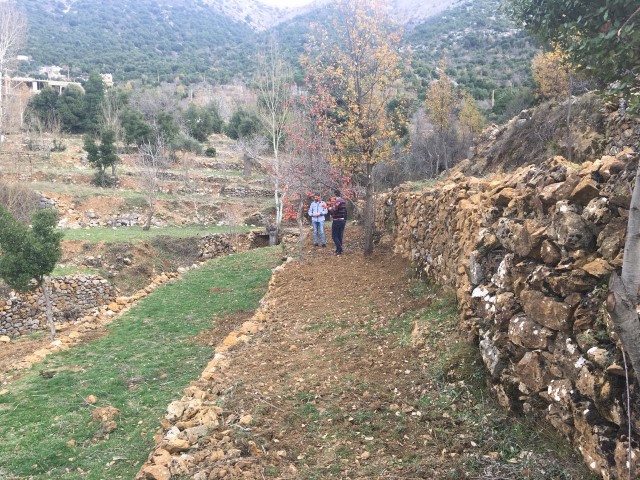27 organizations including experts on machiya preservation, NPOs, NGOs, and Kyoto City gathered to form the Machiya Heritage Network. Their flagship initiative is a matching project called “Match-Ya”. Match-Ya is a platform connecting machiya owners and potential residents or business owners interested in the utilization of machiya. From the supply side, the current situation is that many machiya are already unused and empty, but their owners are not sure what they can do with their machiya and whose advice to seek. From the demand side, many business owners are interested in utilizing machiya for new businesses, often combining traditional values and modern industries. By reaching out to Match-Ya, both owners and potential buyers or tenants can access consultation services and support from the Machiya Heritage Network members in areas such as real estate, law, financing, building regulations, public subsidies, etc. They can further collaborate with designers to create business plans, advertisements, and public relation strategies. If the requirements of the owners and the aspirations of the tenant matches, then the machiya can be utilized for a new purpose. To date, several successful matchings have already been made.
Preservation of Kyo-machiya is a perfect example of coordinated efforts by the local governments, residents, companies, businesses, and private players for cultural development. Process of restoring Kyo-machiya is a participatory and consultative process, and the stakeholders have been forthcoming in contributing resources and taking ownership of the outcomes. It is noteworthy to understand that mobilizing stakeholders in this manner is critical to the success of the projects, especially those that demand high funding. This is achieved by making them equal partners and giving them autonomy in decision making, while supporting them with legal and financial aspects.
